Home>Technology>Smart Home Devices>What Does Fax Mean On A Printer
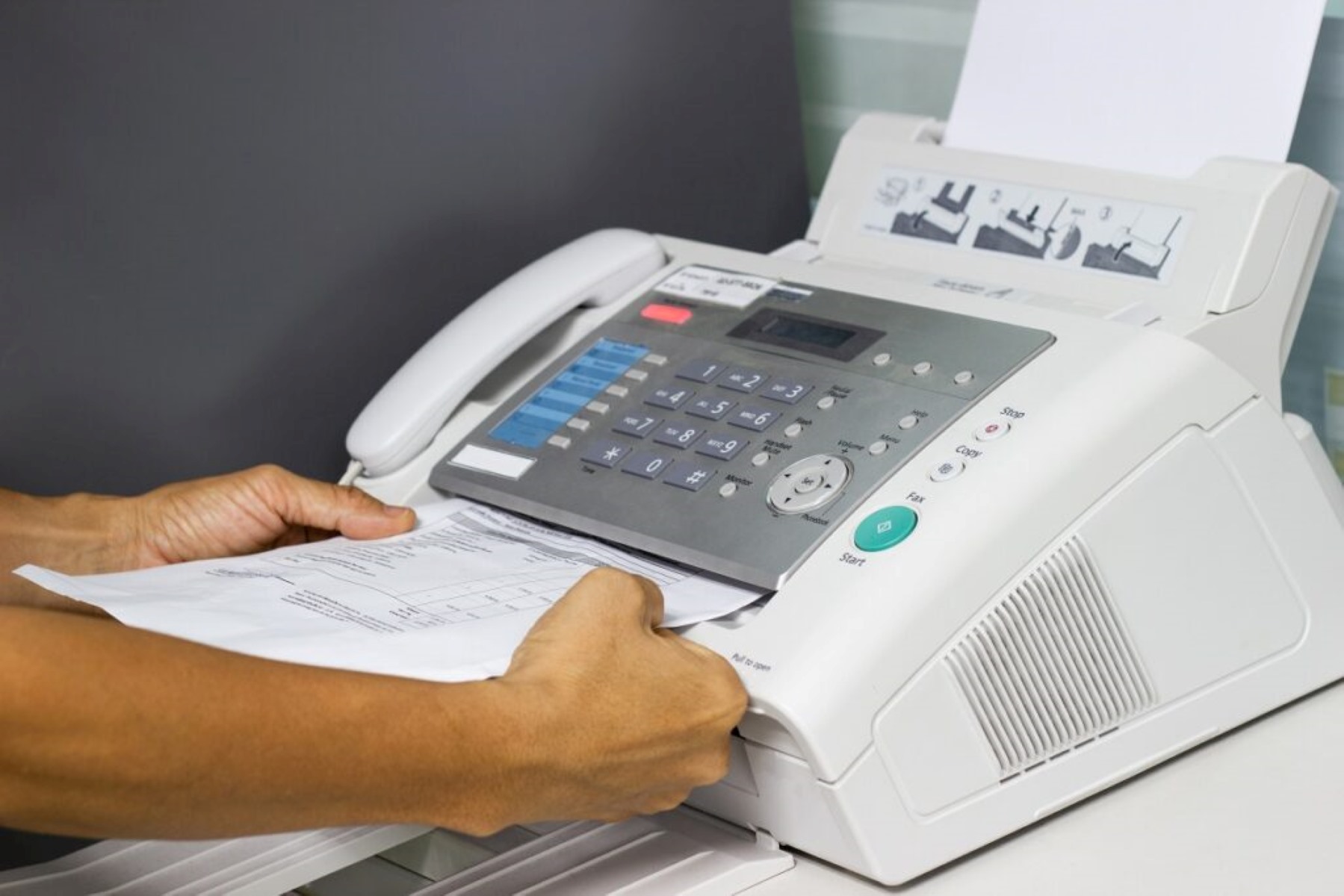

Smart Home Devices
What Does Fax Mean On A Printer
Modified: March 26, 2024
Learn about the meaning of "fax" on a printer and its relevance to smart home devices. Explore the functionality and benefits of integrating fax capabilities into your smart home setup.
(Many of the links in this article redirect to a specific reviewed product. Your purchase of these products through affiliate links helps to generate commission for Storables.com, at no extra cost. Learn more)
Introduction
Understanding Fax
Fax, short for facsimile, has been a staple of office communication for decades. It revolutionized the way documents are transmitted, allowing for the rapid exchange of written material over long distances. While fax machines were once a common sight in offices, the integration of fax functionality into modern printers has made this technology more accessible and convenient than ever before.
In this article, we will delve into the world of faxing and explore the implications of having fax capabilities on a printer. We will discuss the functionality, benefits, and drawbacks of utilizing fax on a printer, shedding light on the practical aspects of this feature in the context of smart home devices. Whether you are a seasoned professional or a tech-savvy homeowner, understanding the role of fax in the realm of modern printers is essential for leveraging the full potential of these multifunctional devices. So, let's embark on a journey to unravel the mysteries of fax on a printer and discover its significance in the digital age.
Understanding Fax
To comprehend the significance of fax on a printer, it’s crucial to grasp the fundamentals of fax technology. At its core, faxing involves the transmission of printed material, such as documents and images, over a telephone line. This process converts the content into electronic signals, which are then sent to a receiving fax machine or device where they are reassembled into a tangible copy.
Traditionally, fax machines relied on analog signals to transfer data. However, with the advent of digital technology, faxing has evolved to encompass digital transmission methods, including fax over IP (FoIP) and internet faxing. These advancements have streamlined the faxing process, enabling seamless integration with modern printers and multifunction devices.
The universal appeal of faxing lies in its simplicity and reliability. Unlike email or other digital communication methods, faxing does not require the recipient to possess specific software or hardware to receive the transmitted documents. This inherent interoperability has contributed to the enduring relevance of faxing in various professional settings.
Furthermore, the legal validity of faxed documents in many jurisdictions adds to the appeal of fax technology. Fax transmissions generate hard copies of documents, complete with sender and receiver details and timestamps, providing a tangible record of communication that holds legal weight in numerous industries.
As we transition into an era dominated by digital communication, the enduring presence of fax technology underscores its enduring utility and adaptability. Understanding the core principles of faxing lays the groundwork for appreciating its integration into modern printers and smart home devices.
Fax Functionality on a Printer
Integrating fax functionality into printers has expanded the capabilities of these devices, transforming them into versatile communication hubs. Modern printers equipped with fax capabilities offer a seamless convergence of printing, scanning, copying, and faxing, consolidating multiple essential functions into a single, user-friendly interface.
When a printer is equipped with fax functionality, it typically includes a built-in modem that enables the transmission and reception of fax documents. This integration allows users to send and receive faxes directly from the printer, eliminating the need for a separate fax machine and streamlining the document management process.
Moreover, the incorporation of fax capabilities into printers often extends to digital features that enhance the user experience. For instance, many modern printers support digital faxing, enabling users to send and receive faxes via email or through web-based fax services. This digital integration not only simplifies the faxing process but also aligns with contemporary communication trends, catering to the evolving needs of users in an increasingly digital landscape.
Additionally, printers with fax functionality typically offer advanced features such as automatic document feeders (ADF) for scanning and faxing multiple-page documents, as well as the ability to store fax transmissions in memory for convenient retrieval. These features contribute to improved efficiency and productivity, making the faxing process more convenient and less labor-intensive.
Furthermore, the integration of fax capabilities into printers aligns with the broader trend of smart home devices and the Internet of Things (IoT). By incorporating fax functionality into printers, users can leverage the connectivity and convenience of smart home technology to manage their fax communications seamlessly.
Overall, the inclusion of fax functionality in modern printers represents a strategic convergence of traditional communication methods with contemporary digital innovations. This integration empowers users with a comprehensive suite of communication and document management tools, positioning printers as indispensable assets in both professional and home environments.
A fax on a printer allows you to send and receive documents over a phone line. It’s like a combination of a scanner and a phone, making it easy to share documents with others.
Benefits of Fax on a Printer
The integration of fax capabilities into printers offers a myriad of benefits, catering to the diverse communication and document management needs of users. These benefits extend across professional, organizational, and personal domains, enhancing efficiency, accessibility, and flexibility in handling fax communications.
- Streamlined Communication: Printers with fax functionality enable seamless integration of faxing with other document management tasks, consolidating multiple functions into a single device. This streamlining simplifies communication processes and reduces reliance on separate fax machines, enhancing overall workflow efficiency.
- Cost-Efficiency: By eliminating the need for a standalone fax machine, printers with integrated fax capabilities offer a cost-effective solution for businesses and individuals. The consolidation of printing, scanning, copying, and faxing functions into a single device reduces upfront equipment costs and minimizes operational expenses associated with maintaining multiple devices.
- Convenience and Accessibility: The ability to send and receive faxes directly from a printer enhances accessibility and convenience. Users can manage all their document-related tasks from a centralized interface, streamlining the process of handling fax communications without the need to switch between different devices or platforms.
- Enhanced Productivity: The integration of advanced features, such as automatic document feeders and digital faxing, contributes to improved productivity. Users can efficiently scan and fax multiple-page documents, while digital faxing capabilities facilitate quick and secure transmission of documents, saving time and enhancing overall productivity.
- Interoperability and Compatibility: Printers with fax functionality offer broad compatibility with traditional fax machines and digital faxing services. This interoperability ensures that users can communicate seamlessly with external parties, regardless of their faxing setup, thereby fostering efficient collaboration and communication.
- Legal Validity and Security: Fax transmissions generated by printers produce hard copies of documents, providing tangible records with legal validity. This feature is particularly valuable in industries where the authenticity and integrity of transmitted documents are critical. Additionally, the secure transmission protocols employed in modern printers safeguard sensitive information during fax communications, enhancing data security.
The amalgamation of these benefits positions printers with integrated fax capabilities as versatile communication hubs, catering to the evolving needs of modern workplaces and smart home environments. By offering a comprehensive suite of document management tools, these devices empower users with efficient, cost-effective, and secure fax communication solutions.
Drawbacks of Fax on a Printer
While the integration of fax capabilities into printers offers numerous benefits, it is essential to acknowledge the potential drawbacks associated with this functionality. Understanding these limitations can help users make informed decisions and mitigate challenges related to fax communication within the context of printer usage.
- Complex Setup and Configuration: Incorporating fax functionality into printers may entail complex setup and configuration processes, particularly in networked environments. Users may encounter challenges in configuring fax settings, managing fax transmission protocols, and ensuring seamless integration with existing communication infrastructure, leading to potential setup difficulties.
- Dependence on Analog Telephony: Traditional faxing methods rely on analog telephony infrastructure for transmission. While modern printers support digital faxing, organizations or individuals operating in regions with limited or outdated analog telephony infrastructure may face connectivity issues and reduced reliability in fax communications.
- Security and Privacy Concerns: Fax communications, whether analog or digital, pose inherent security and privacy risks. Analog fax transmissions over traditional phone lines are susceptible to interception, while digital faxing may be vulnerable to cyber threats without adequate security measures in place. Users must prioritize implementing robust security protocols to safeguard sensitive information during fax transmissions.
- Maintenance and Support: Printers with integrated fax capabilities require regular maintenance and support to ensure optimal performance. The complexity of multifunction devices, coupled with the technical nuances of fax functionality, may necessitate ongoing maintenance and technical support, potentially increasing the operational overhead associated with printer usage.
- Transition to Digital Communication: As organizations and individuals increasingly embrace digital communication methods, the reliance on traditional faxing, including its integration into printers, may pose challenges in aligning with contemporary communication trends. Users must consider the evolving landscape of digital communication and assess the long-term relevance of fax functionality within their document management workflows.
By acknowledging these drawbacks, users can approach the utilization of fax capabilities on printers with a comprehensive understanding of the potential challenges and considerations. Proactive measures, such as implementing robust security protocols, conducting thorough setup and configuration, and aligning fax usage with broader communication strategies, can mitigate these drawbacks and enhance the overall efficacy of fax communication within the context of printer integration.
Read more: What Does Printer Idle Mean
Conclusion
The integration of fax capabilities into modern printers represents a convergence of traditional communication methods with contemporary digital innovations, offering users a comprehensive suite of document management tools within a single, multifunctional device. The enduring relevance of fax technology, coupled with the seamless integration into printers, underscores the adaptability and utility of this communication feature in diverse professional and personal settings.
By understanding the fundamentals of faxing and the implications of fax functionality on printers, users can harness the benefits of streamlined communication, cost-efficiency, convenience, and enhanced productivity. The legal validity and security of fax transmissions further enhance the appeal of this communication method, particularly in industries where document authenticity and data security are paramount.
However, it is crucial to recognize the potential drawbacks associated with integrating fax capabilities into printers, including setup complexities, security concerns, and the evolving landscape of digital communication. Proactive measures to address these challenges, such as robust security protocols and strategic alignment with broader communication strategies, can mitigate these drawbacks and optimize the efficacy of fax communication within the context of printer usage.
As smart home devices continue to evolve, the integration of fax functionality into printers aligns with the broader trend of interconnected, multifunctional devices that cater to the diverse needs of modern users. By offering a seamless convergence of printing, scanning, copying, and faxing, printers with integrated fax capabilities empower users with versatile communication solutions that adapt to the dynamic demands of the digital age.
In conclusion, the incorporation of fax capabilities into printers represents a testament to the enduring relevance and adaptability of fax technology, ensuring its continued relevance in an era characterized by rapid technological advancement and digital transformation.
Frequently Asked Questions about What Does Fax Mean On A Printer
Was this page helpful?
At Storables.com, we guarantee accurate and reliable information. Our content, validated by Expert Board Contributors, is crafted following stringent Editorial Policies. We're committed to providing you with well-researched, expert-backed insights for all your informational needs.
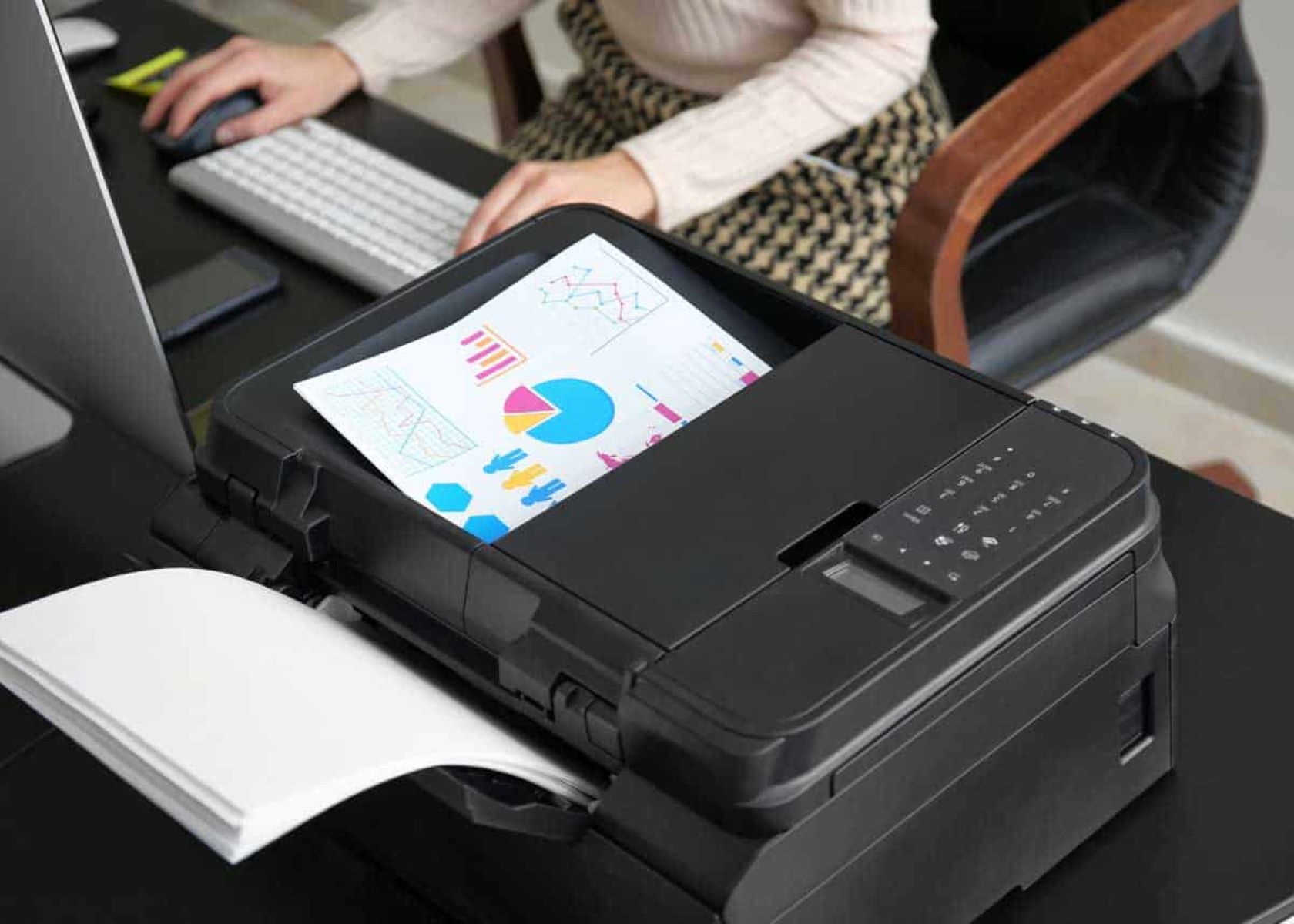
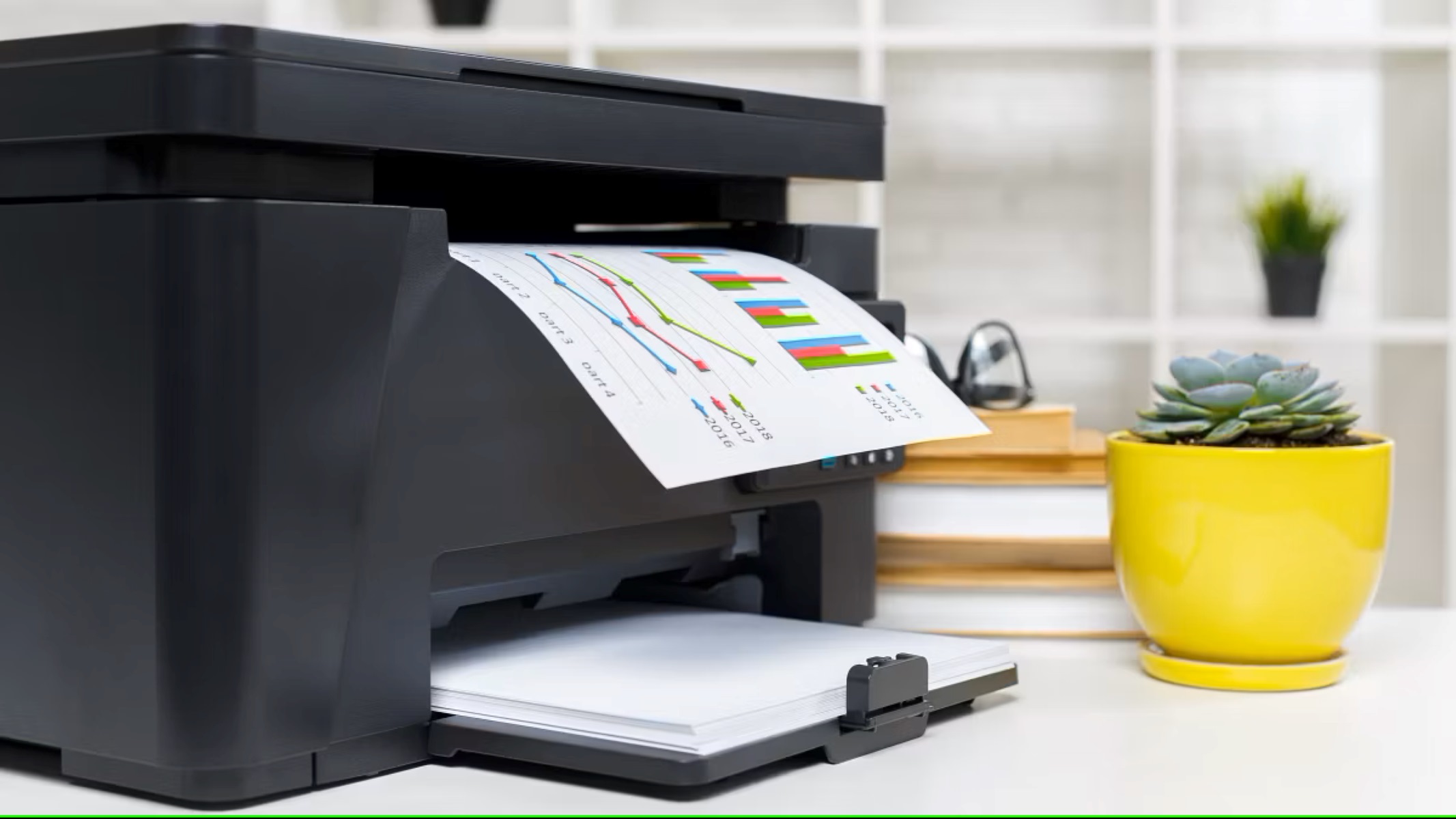
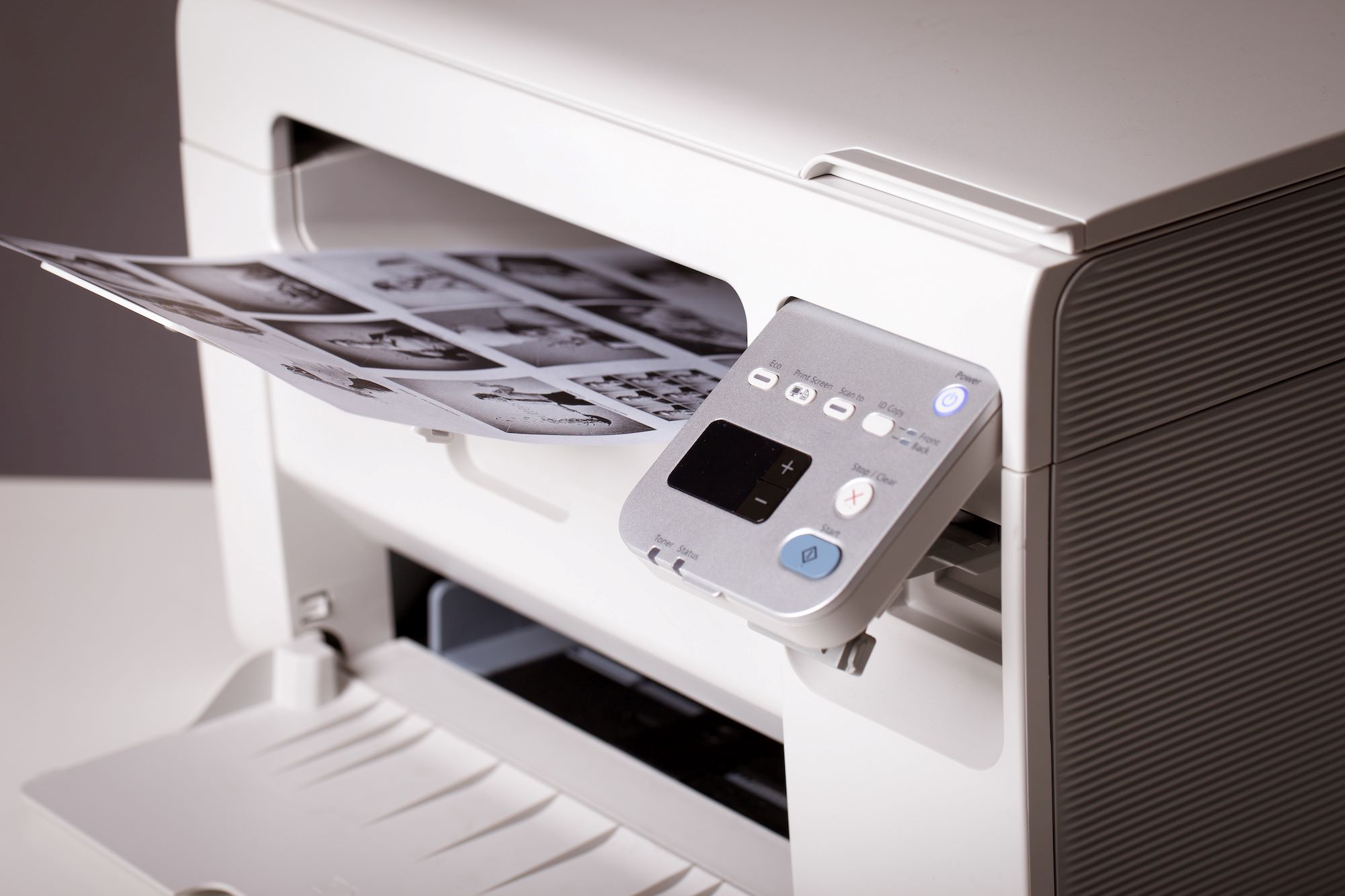
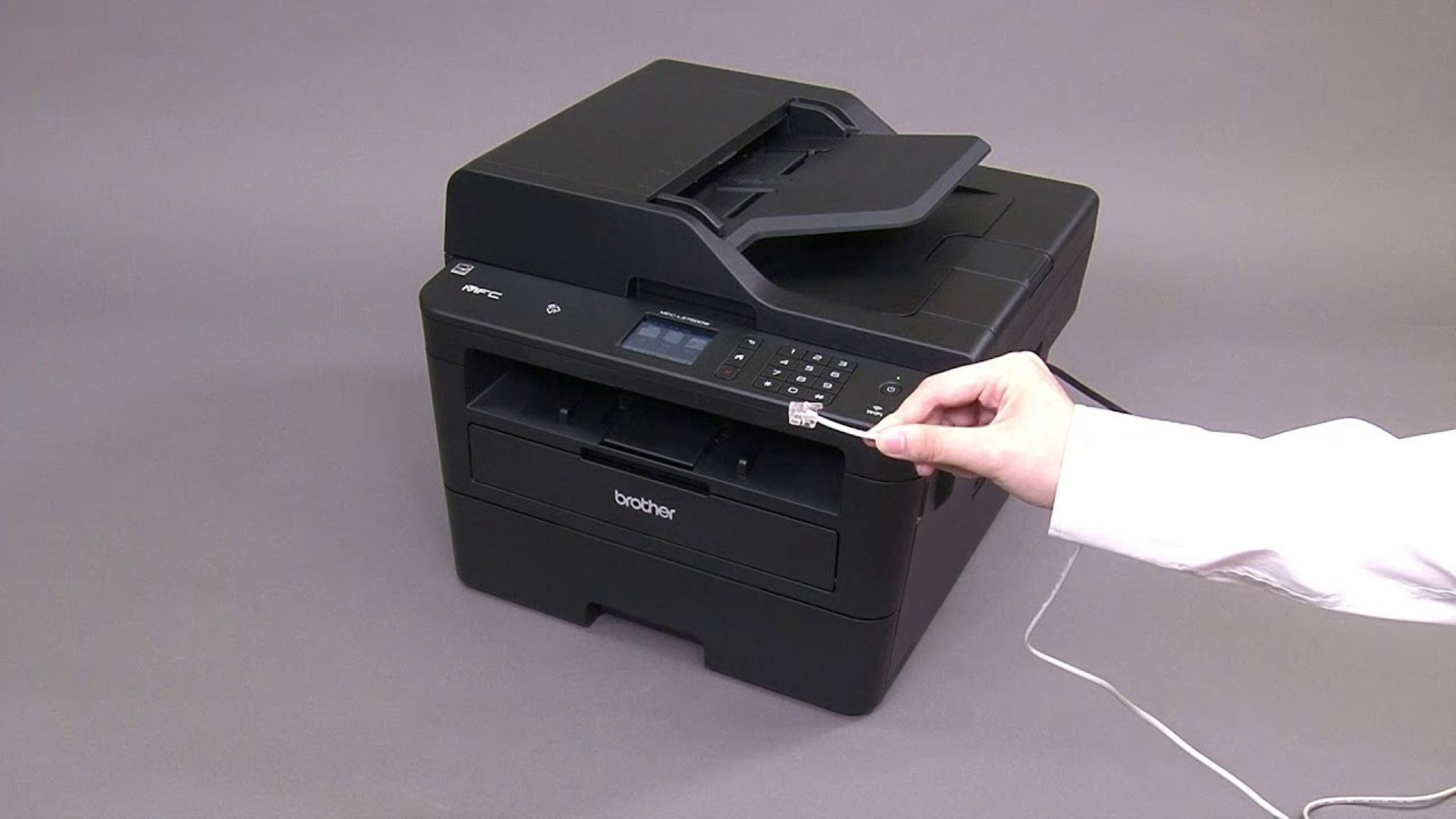
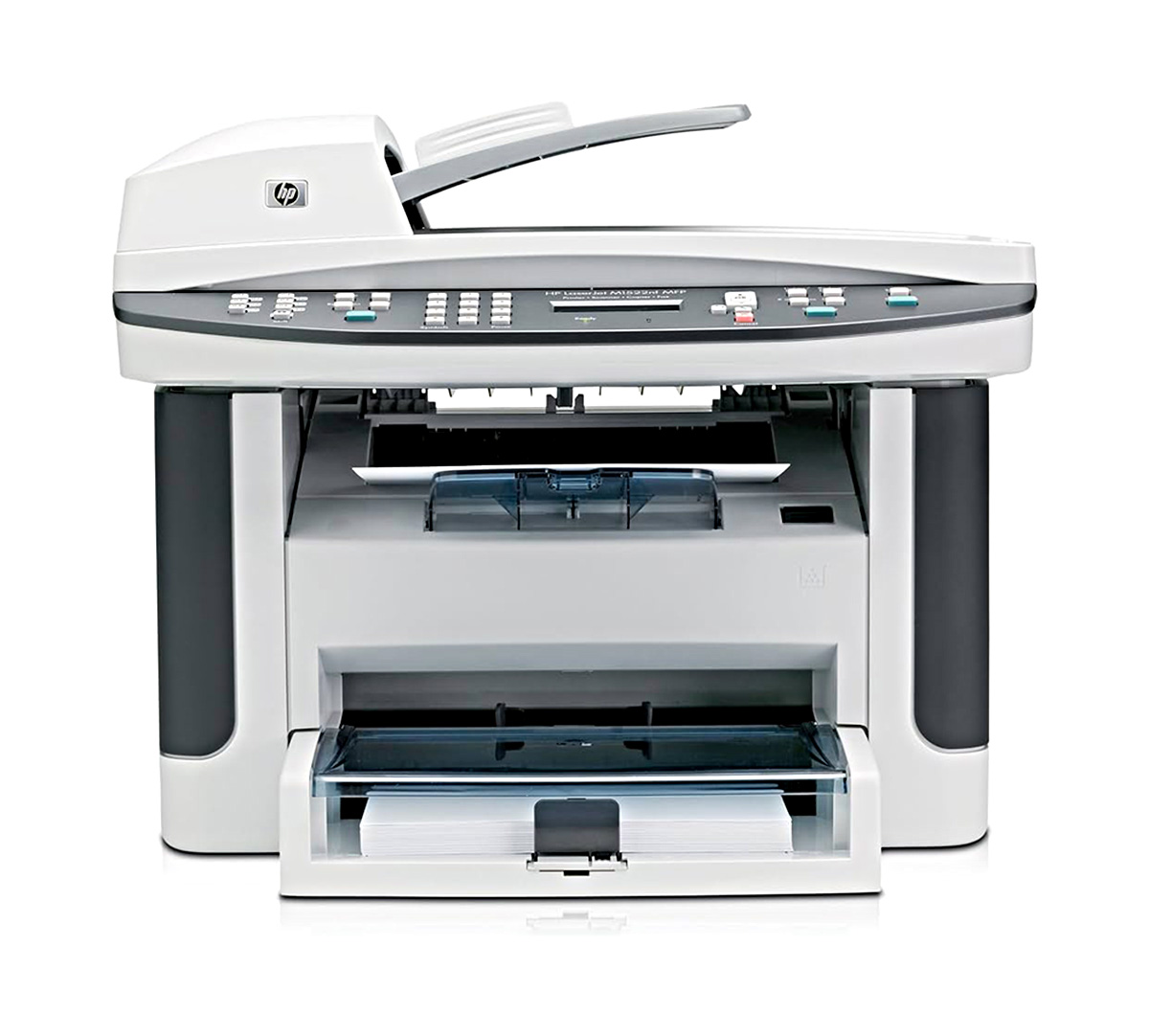
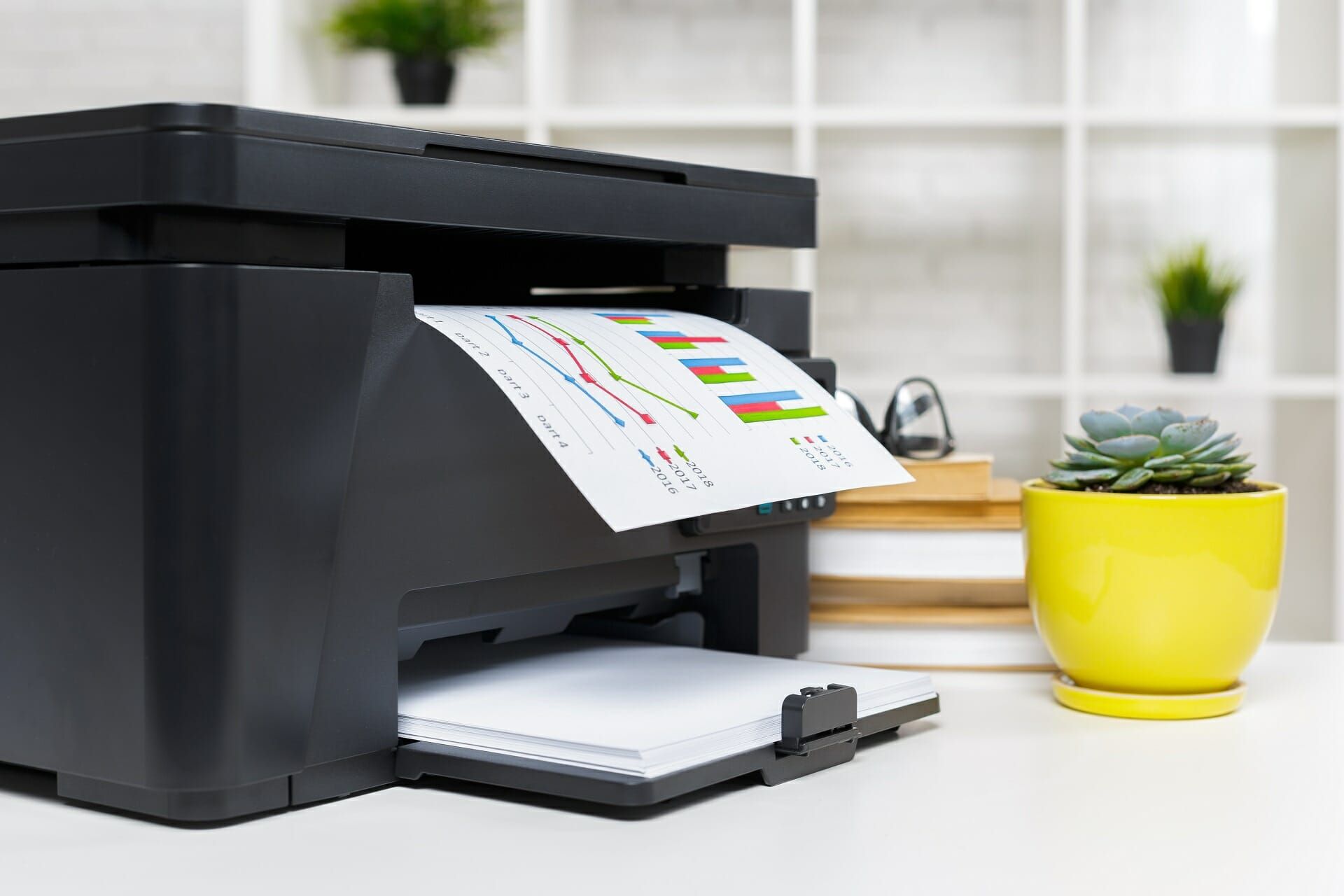
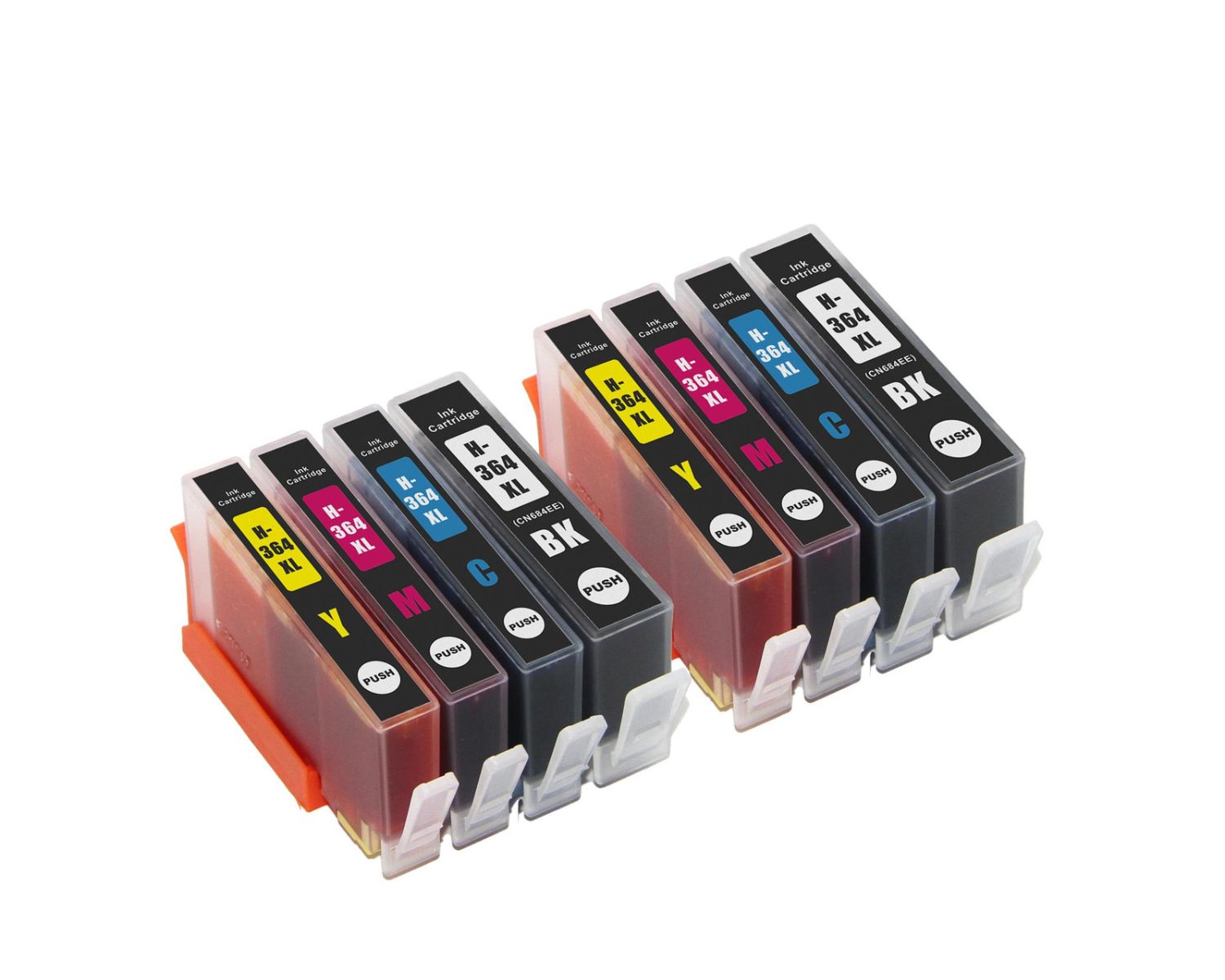
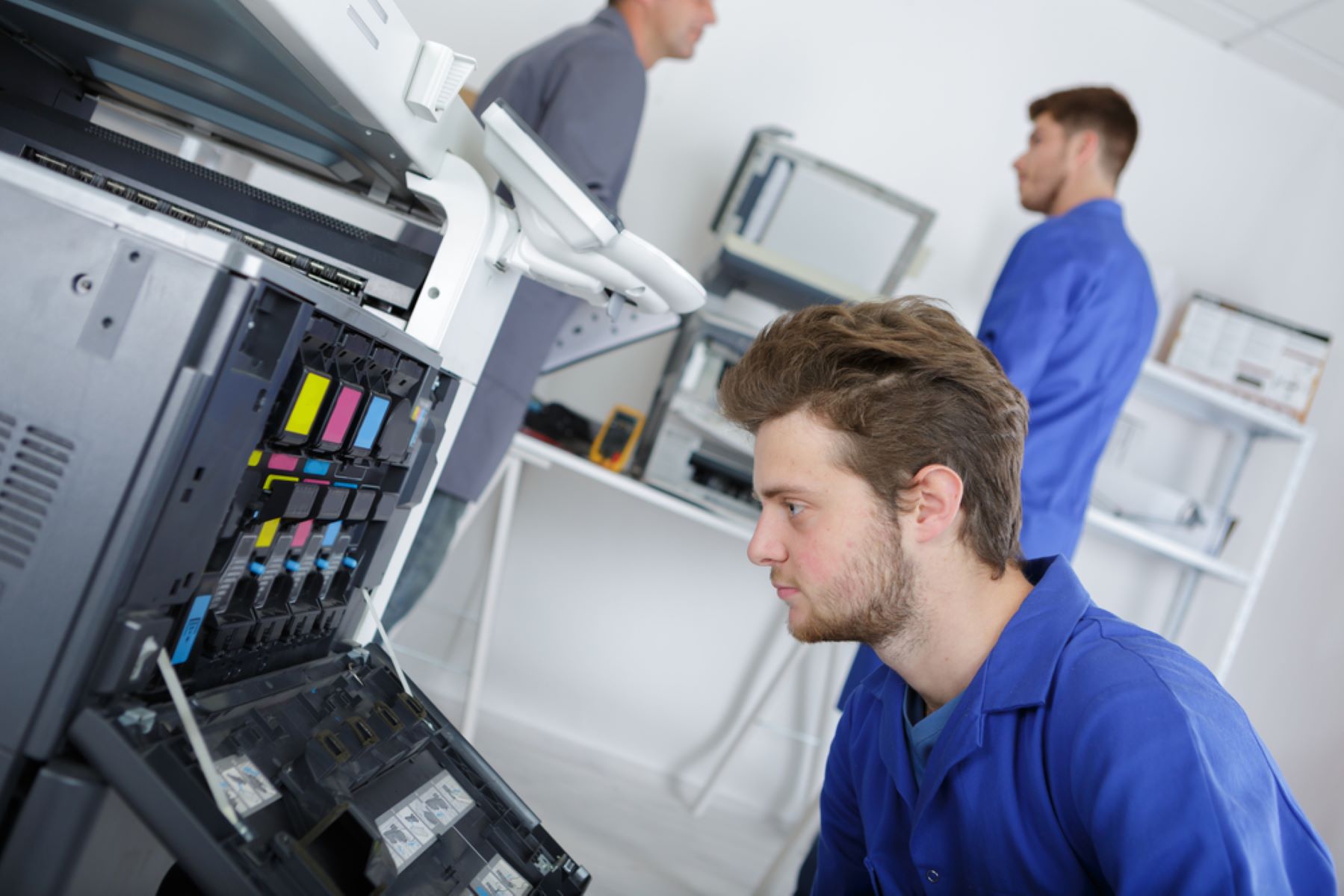
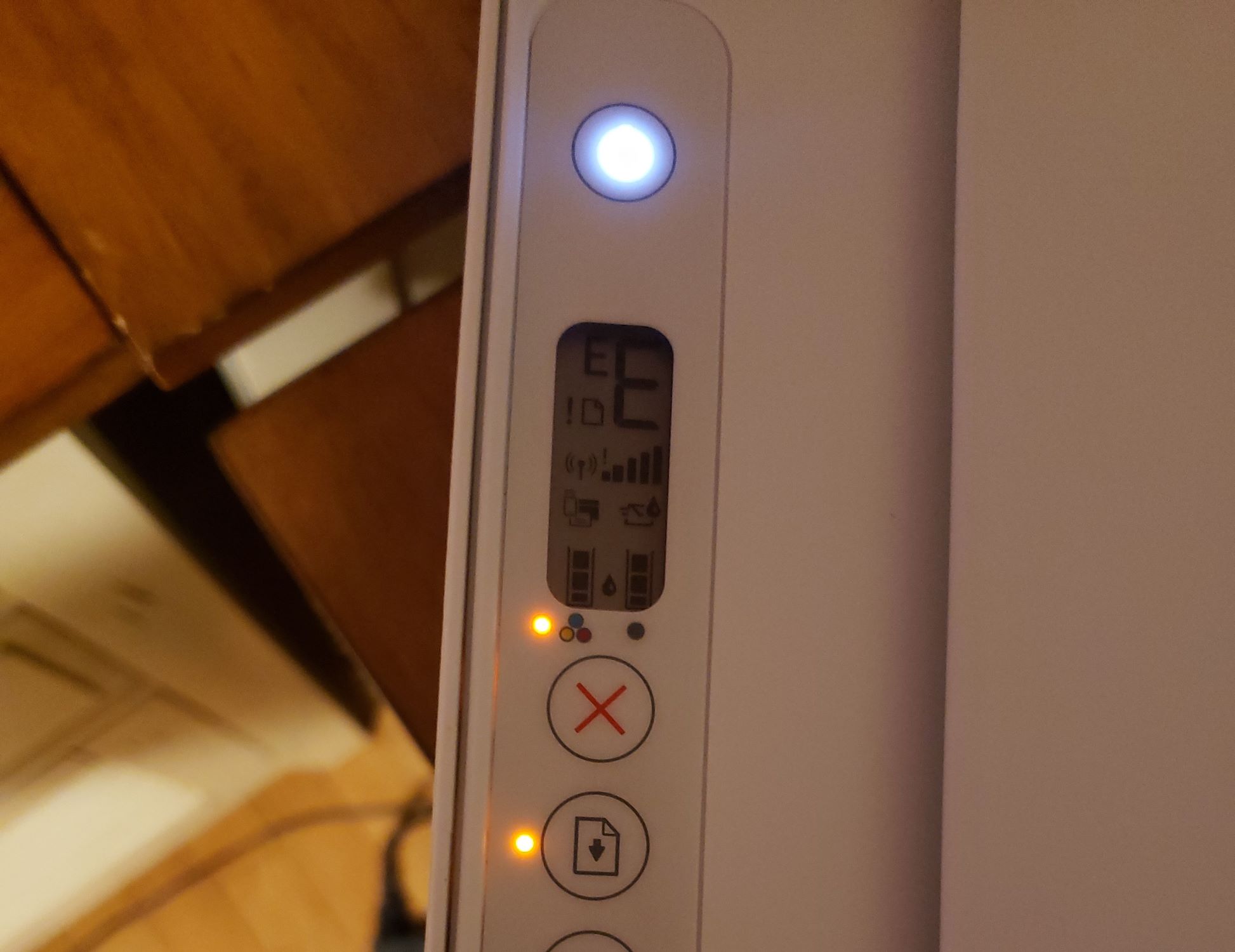
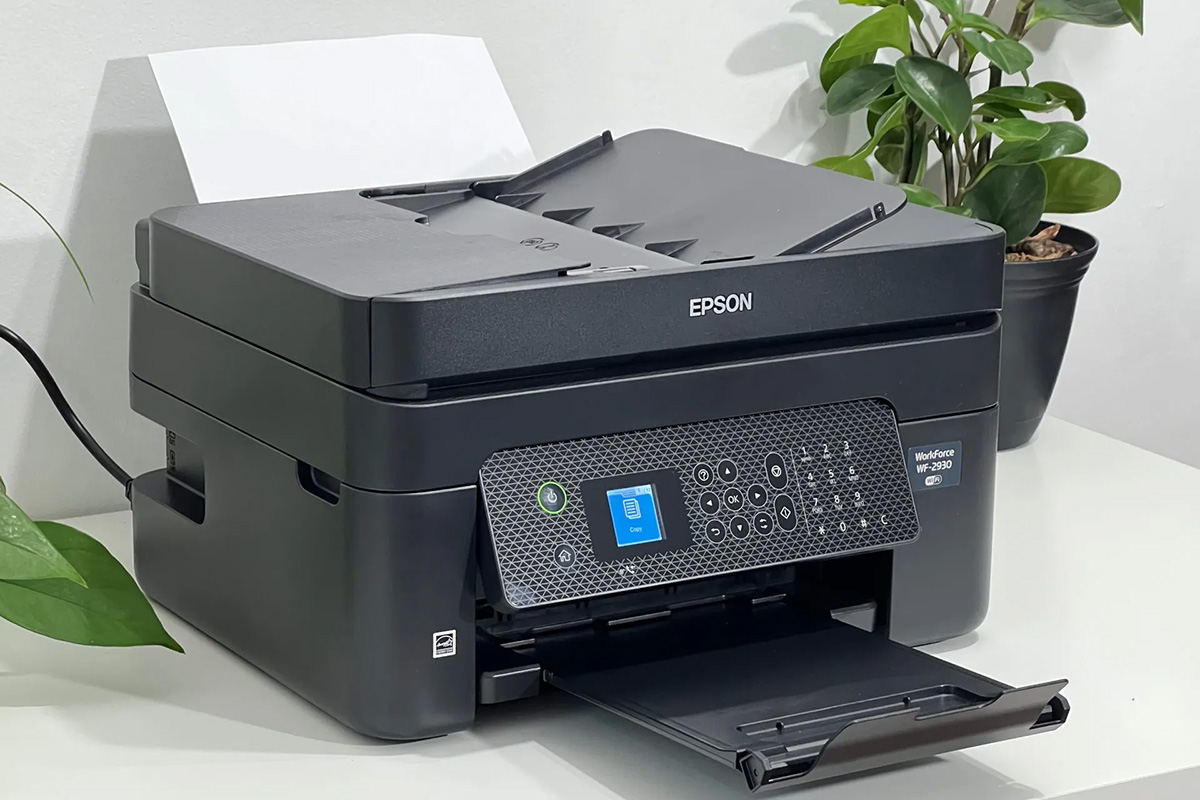
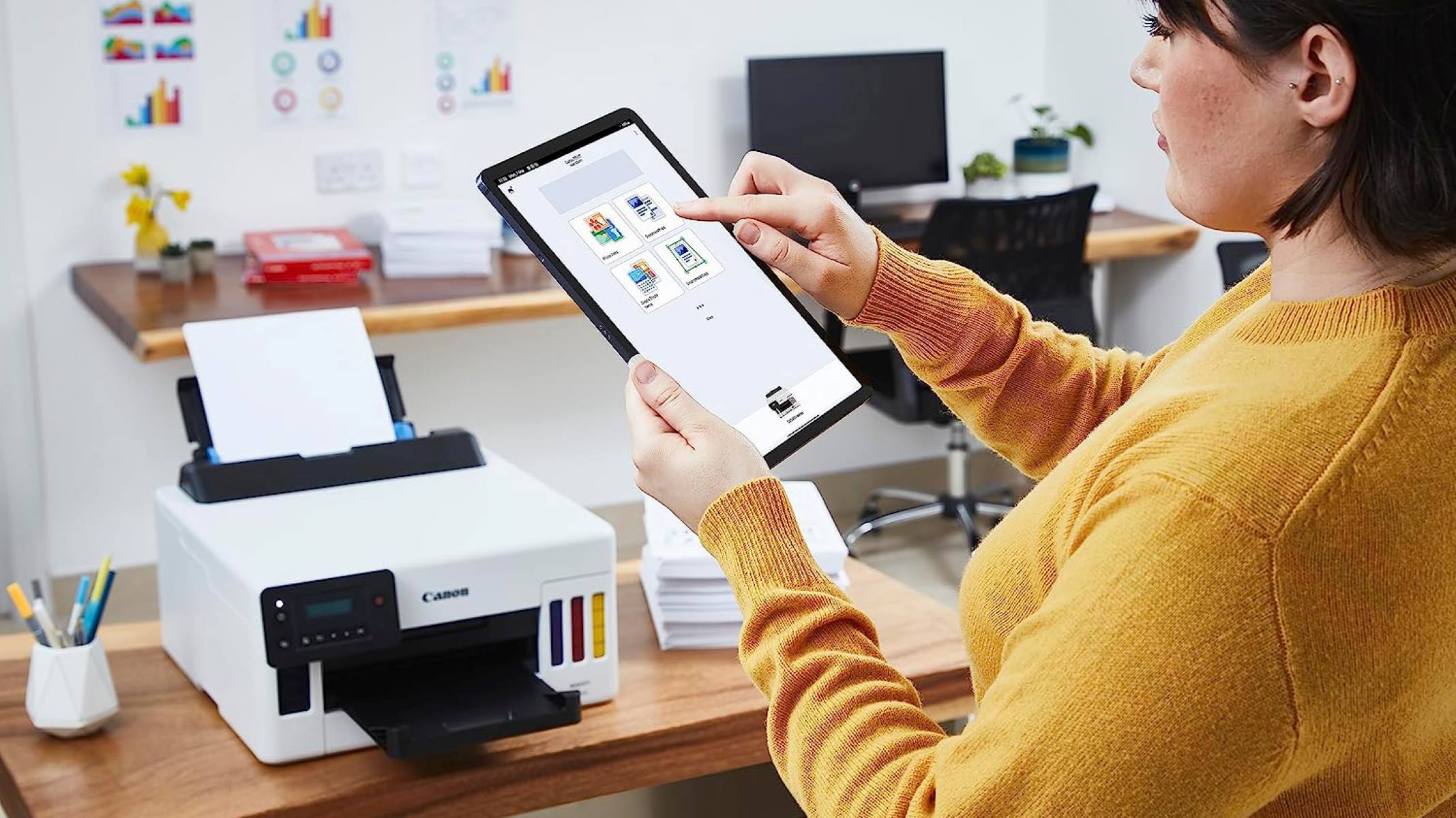
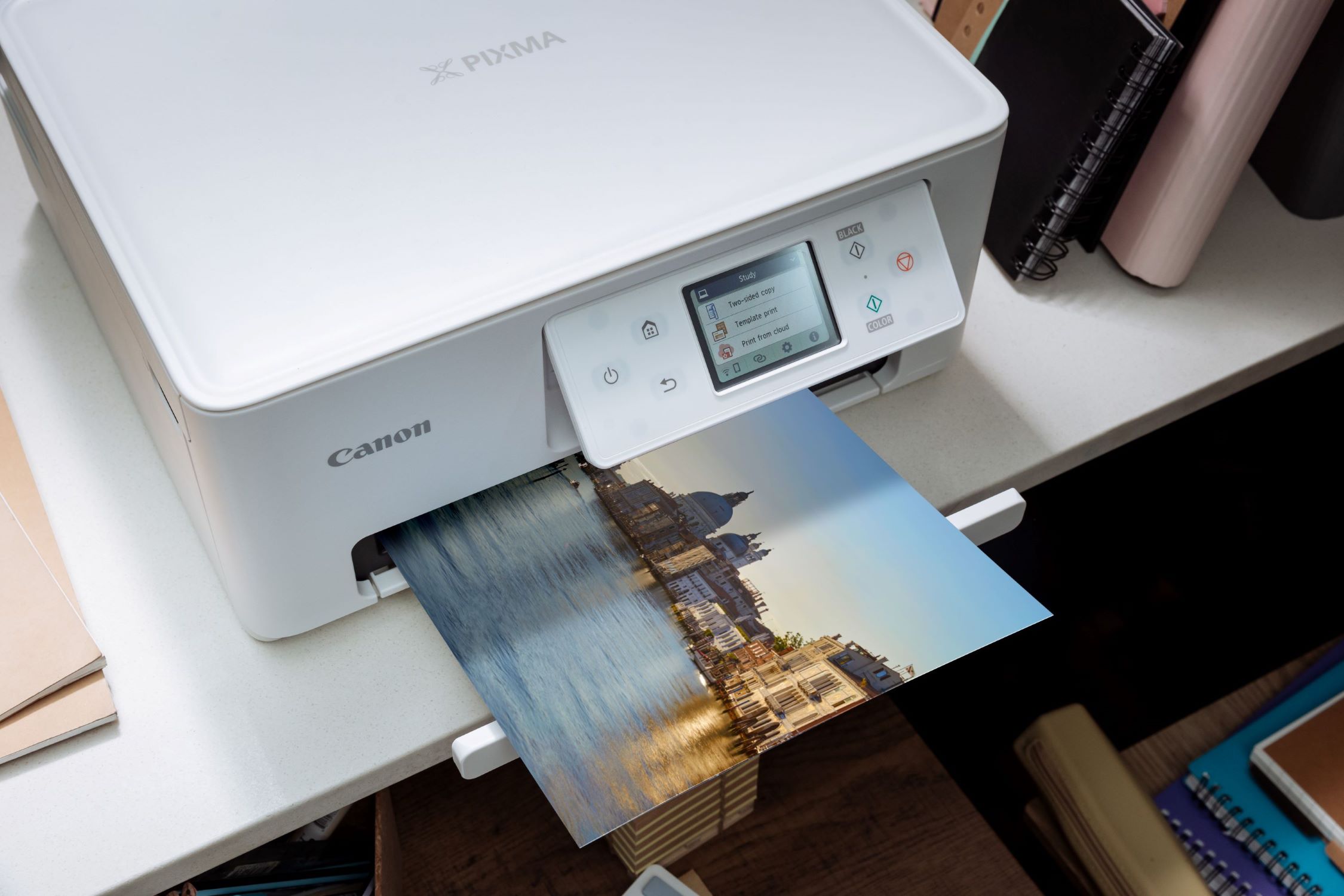
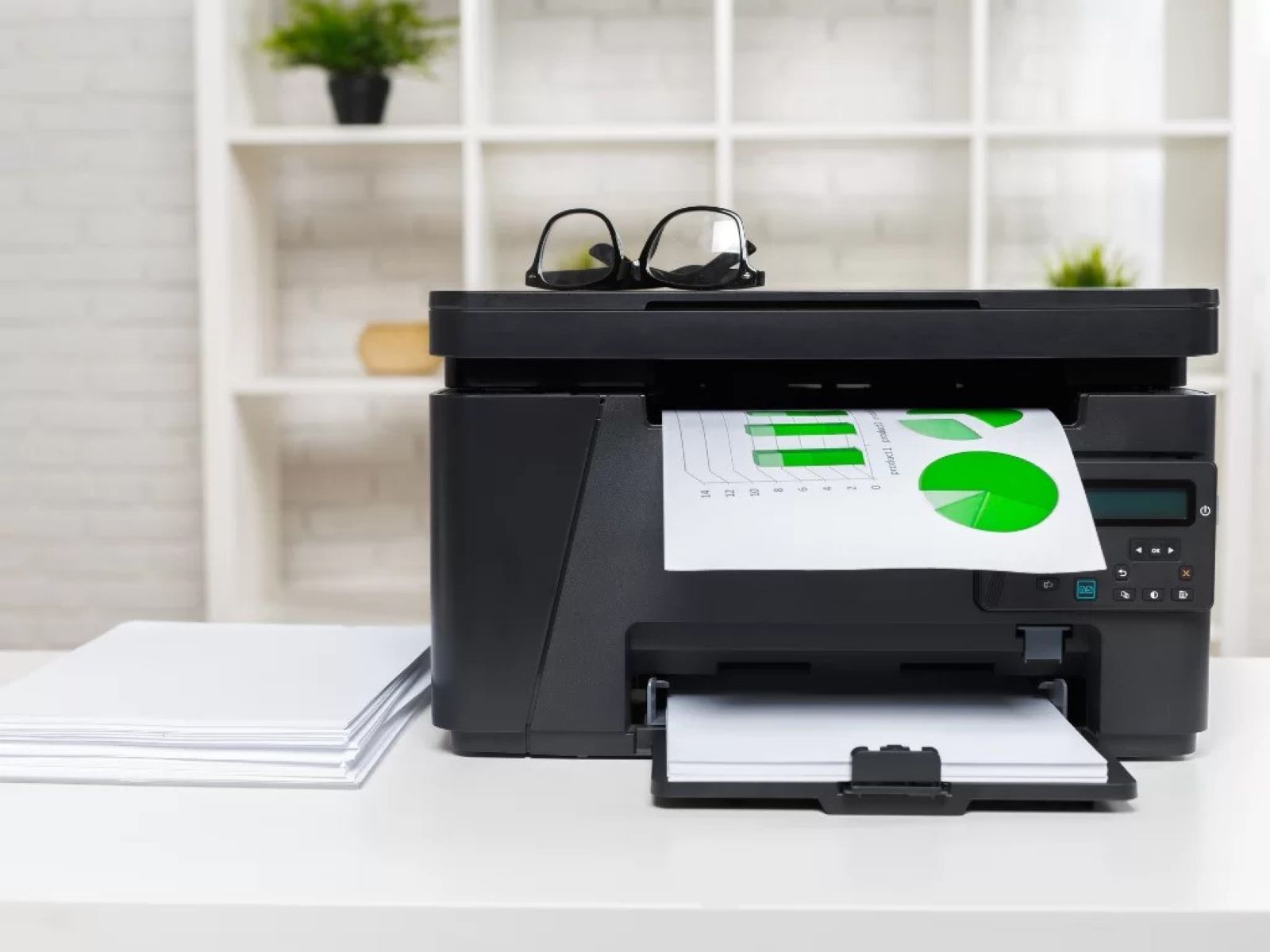
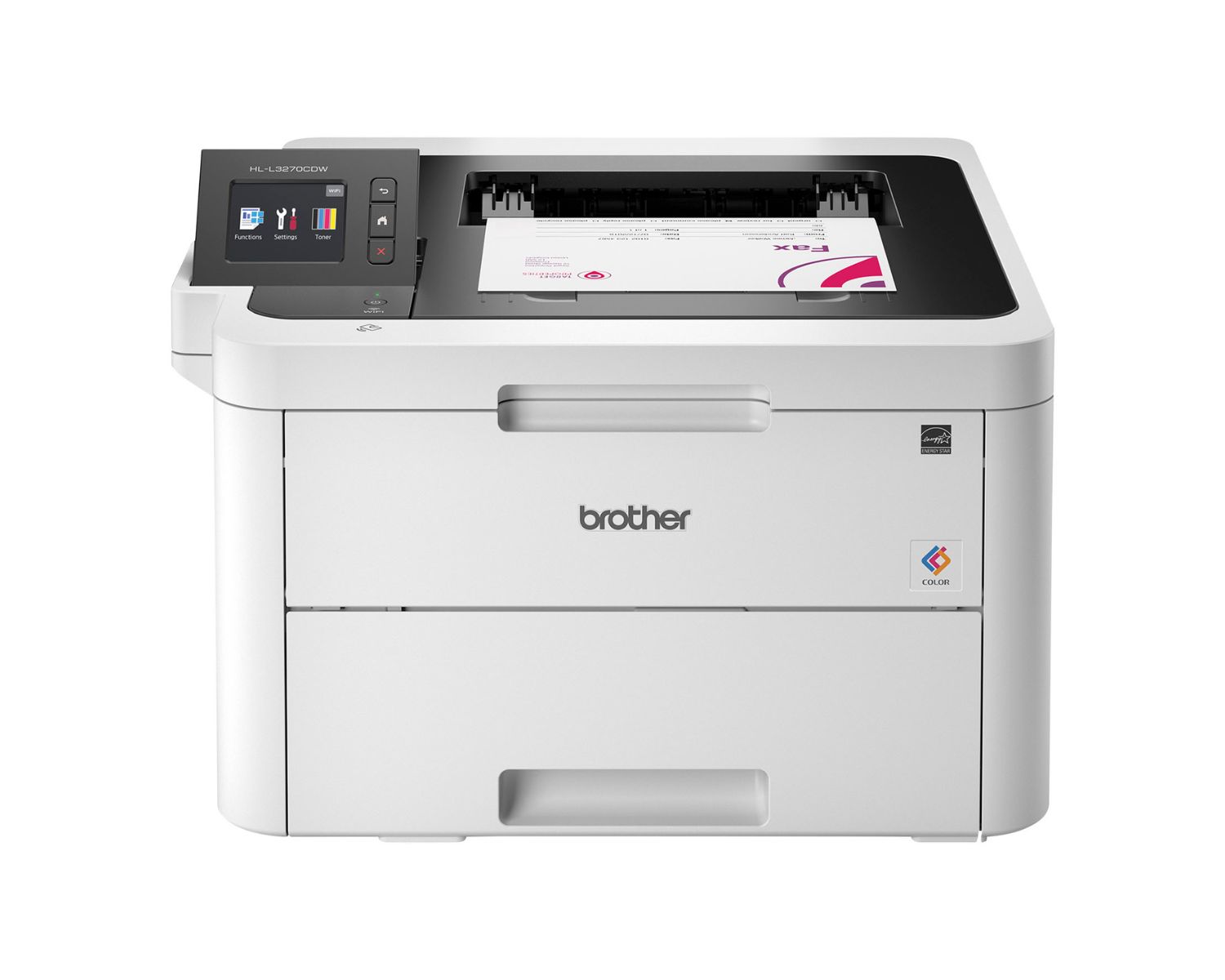

0 thoughts on “What Does Fax Mean On A Printer”